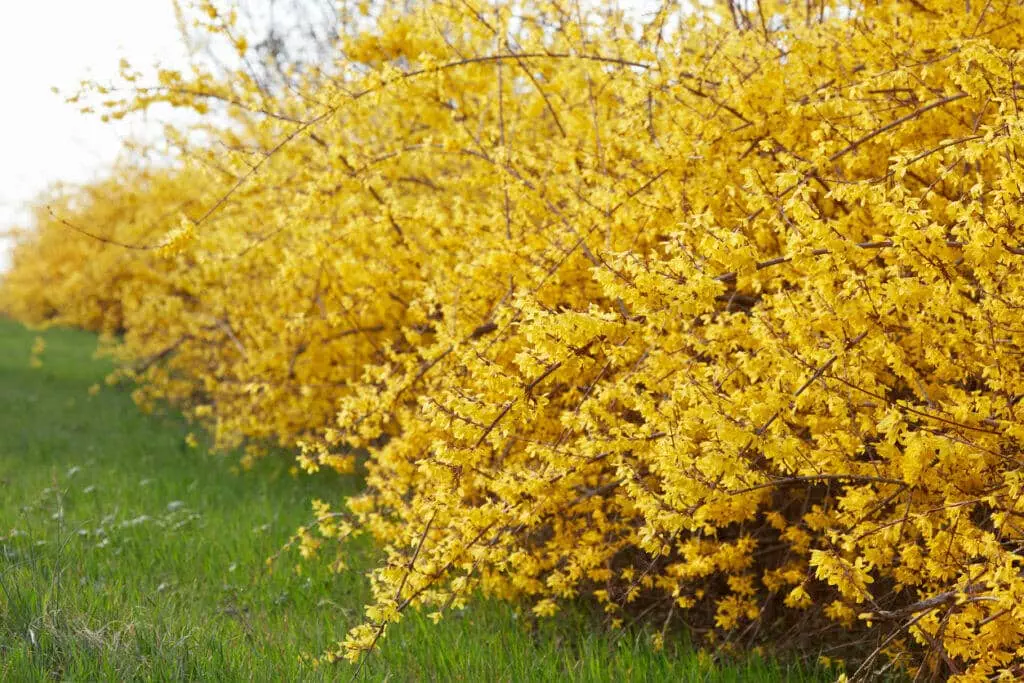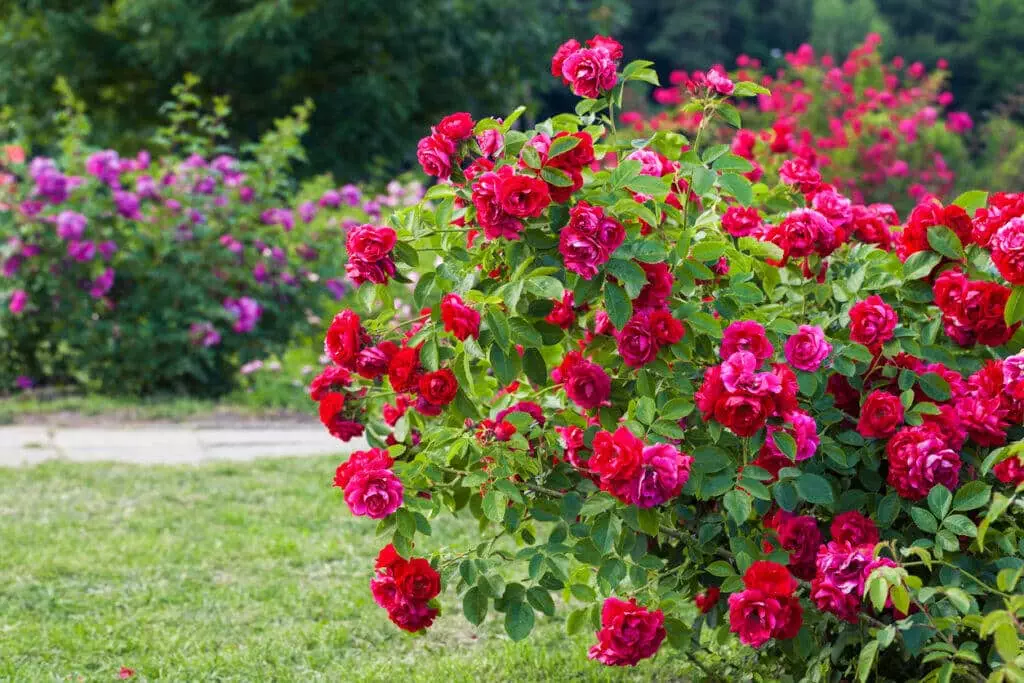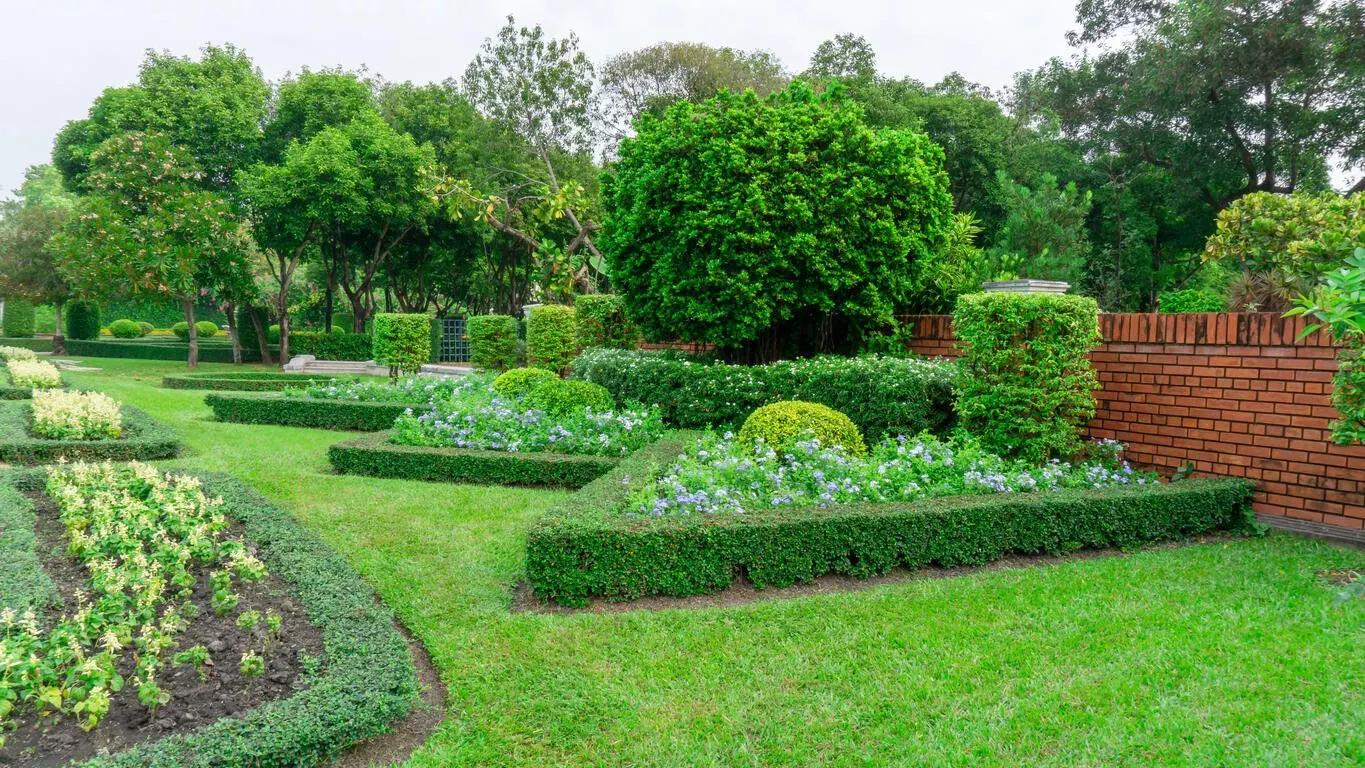Pruning your landscape shrubs can feel like a daunting task. We get it. But there can be significant benefits for you (and your landscape!) when you take the time to do it each year. Not only is it a creative outlet for you, but it’s also a stress reliever. Many people make a hobby out of pruning Bonzai trees. Zen should be the ultimate goal as you craftily clip your evergreens this year!
Most varieties of evergreen shrubs used as foundation plantings require yearly pruning to keep them healthy and in a desirable shape and size. Before cutting, it’s best to study the natural form of the evergreen – rounded, squared, elongated, etc. In addition, most evergreen shrubs should be pruned to maintain their natural habit and general branch patterns to preserve the plant’s natural character. Always use sharp, clean pruning shears to minimize pruning damage and prevent diseases from spreading. Pruning is an art and will develop over time with experience and practice. We’ve listed some useful pruning tips for the more common evergreen landscape shrubs.
Arborvitae


In the early Spring or mid-summer, shear along the sides and top of the plant to maintain the desired size and to keep the growth thick.
Juniper




This large and widespread group of evergreens can take on many shapes, sizes, and colors. Upright forms should be pruned regularly at the sides and top to maintain the desired shape. Shrub forms can be shaped by cutting back the most vigorous growth to side shoots. Pruning can occur any time of year, but aggressive pruning should be reserved for early Spring before new growth.
Spruce


For spruce, very little pruning is needed to maintain the shape of tree or shrub forms. However, if rapid growth is taking place, open spaces can develop. To reduce openness at the top, cut the leader back to a lateral bud in the early Spring before new growth emerges. Although spruce can be sheared to shape, it is not recommended because the effect is unnatural and generally unnecessary.
Yew


When pruning a yew, shear or selectively prune back to the side shoots or buds, depending on the look you are trying to achieve. Light pruning can be done throughout the year and is generally the best practice for maintaining size and shape. Any severe pruning should be done in early Spring if the plant is overgrown.
Boxwood


This quintessential foundation plant should be trimmed to shape before the plant breaks dormancy – very late winter or early spring. Late Spring pruning is also acceptable for that tight, well-manicured look. However, a light pruning to maintain shape throughout the year is recommended. Avoid pruning during the tail-end of the summer, the fall, and most of the winter.
Deciduous Shrubs
These can be divided into three general groups when pruning:
✅ Minimal pruning shrubs: azaleas, flowering dogwood, barberry, magnolias, and most viburnum and lilacs.






These shrubs develop a basic branch structure and framework from which flowers bloom year after year. Therefore, all that must be removed when pruning would be dead, damaged, or diseased wood, crossing branches, suckers, and waterspouts. Excessive pruning can severely damage these plants and, at the very minimum, prevent blooming.
✅ Spring flowering shrubs: forsythia, mock orange, beautyberry, weigela, and spirea. Generally, these shrubs respond best to pruning as soon as they finish blooming.






Since these shrubs will flower next spring on the new growth they make over the summer, it is vital to encourage the plant to set new growth after flowering.
During the first four to five years after planting, these spring bloomers shouldn’t be pruned too much (only to remove dead, damaged, or diseased wood), but after that, they will require annual pruning.
Each spring, you can remove up to one-third of the old stems at ground level. This will encourage new growth from the base of the plant and promote the plant’s regular habits.
DO NOT give these plants an annual “haircut” or light trim, for that will only destroy the natural look of the plant and will not help replace older branches with new, younger wood, which will flower better or more prolifically.
✅ Summer flowering shrubs: roses, butterfly bush, panicle hydrangea, althea, abelia, and oakleaf hydrangea.






These shrubs make rampant flowering growth each spring. It is best to prune these shrubs in early spring before they begin to leaf out.
These plants form a basic framework of branches from which they bloom each year. It is important to prune these shrubs when they are young to promote and develop good plant form and growth.
Subsequent pruning should be restricted to removing dead, damaged, or diseased wood. You can remove thin, weak, and older branches when new, younger shoots have developed to replace them.
Once the younger branches have begun to harden off, you can remove the remaining branches by 25% to 75% – depending on the size, plant, or flowers desired. Generally speaking, more drastic pruning will result in fewer but larger flowers.
Maintenance can be a daunting task. Luckily we have a team of professionals at Elevate Outdoor that can identify the plants in your landscape and develop a maintenance program to ensure your landscape thrives and is the envy of your neighborhood! Contact our customer service department or fill out a free quote request here.









